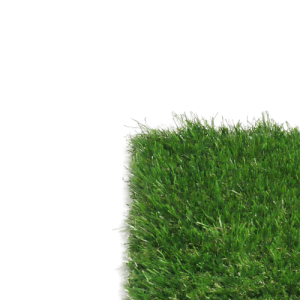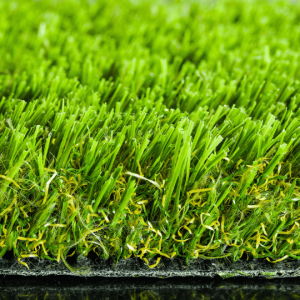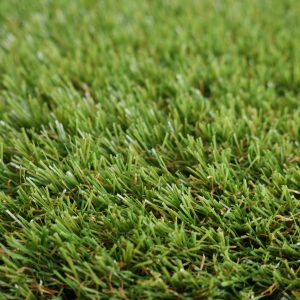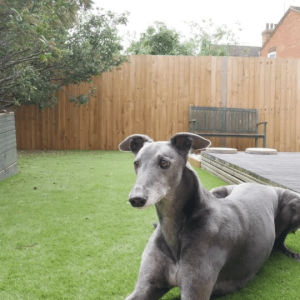History of Artificial Grass
Lawns have become a symbol of natural beauty, adorning our parks, stadiums, and even our own backyards. However, did you realise that not all lawns are really natural? Enter the world of artificial grass, a wonderful technology that has transformed outdoor areas. In this blog post, we’ll look at the fascinating history of artificial grass, from its humble origins to its widespread use, and see how it’s changed landscapes throughout the world.
Synthetic Turf's Arrival
The mid-twentieth century saw the birth of artificial grass, owing to the joint efforts of a team of researchers led by David Chaney. This team successfully created the first synthetic grass in 1965, especially for use in athletic venues. Originally known as “ChemGrass,” it subsequently became known as “AstroTurf” and became synonymous with artificial grass.
Sports Early Adoption
Artificial grass immediately drew the interest of athletes and sports enthusiasts. Its constant playing surface, durability, and minimal maintenance needs make it a popular choice for a variety of sports including baseball, and football. In 1966, the Houston Astrodome, the first domed sports stadium, installed AstroTurf, setting a new standard for subsequent installations.
Residential and Landscaping Applications
Fake grass began to make its way into home landscaping after its popularity in sports. Shortly, it began to replace real lawns in gardens, parks, and commercial places as consumers recognised the potential benefits, such as reduced water usage, fewer maintenance costs, and year-round greenery.
Artificial Grass Technology Advances
Extensive research and development efforts have resulted in significant advances in artificial grass technology throughout the years. The use of sophisticated materials like polyethylene and polypropylene has improved the look, durability, and softness of synthetic grass. Cutting-edge manufacturing processes have made it possible to create more realistic textures and colours that closely resemble genuine grass.
Considerations for the Environment
As the globe got more ecologically concerned, artificial grass experienced more advancements to meet environmental problems. Eco-friendly components of modern synthetic turfs include recyclable materials and drainage systems designed to decrease water runoff and promote water conservation.
Recent Implementations
Astroturf has evolved into a flexible option for a variety of purposes other than sports and home landscaping. It is becoming more popular in business settings, rooftop gardens, playgrounds, and even inside installations. Artificial grass’s adaptability, endurance, and aesthetic appeal continue to promote its adoption in a variety of sectors.
Conclusion
The history of artificial grass demonstrates our innovative thinking and our never-ending search of invention. Synthetic grass has gone a long way from its humble beginnings to its current popularity. It has changed landscapes, created diverse solutions, and helped to ensure environmental sustainability. As the desire for attractive, low-maintenance outdoor areas grows, artificial grass stays in the fore, providing a viable alternative to real lawns.
We may make educated judgements about introducing artificial grass into our own surroundings if we embrace its rich history and recognise its incredible benefits. Artificial grass has surely left an indelible stamp on our collective environment, whether it’s a football pitch, a private garden or a business place.






